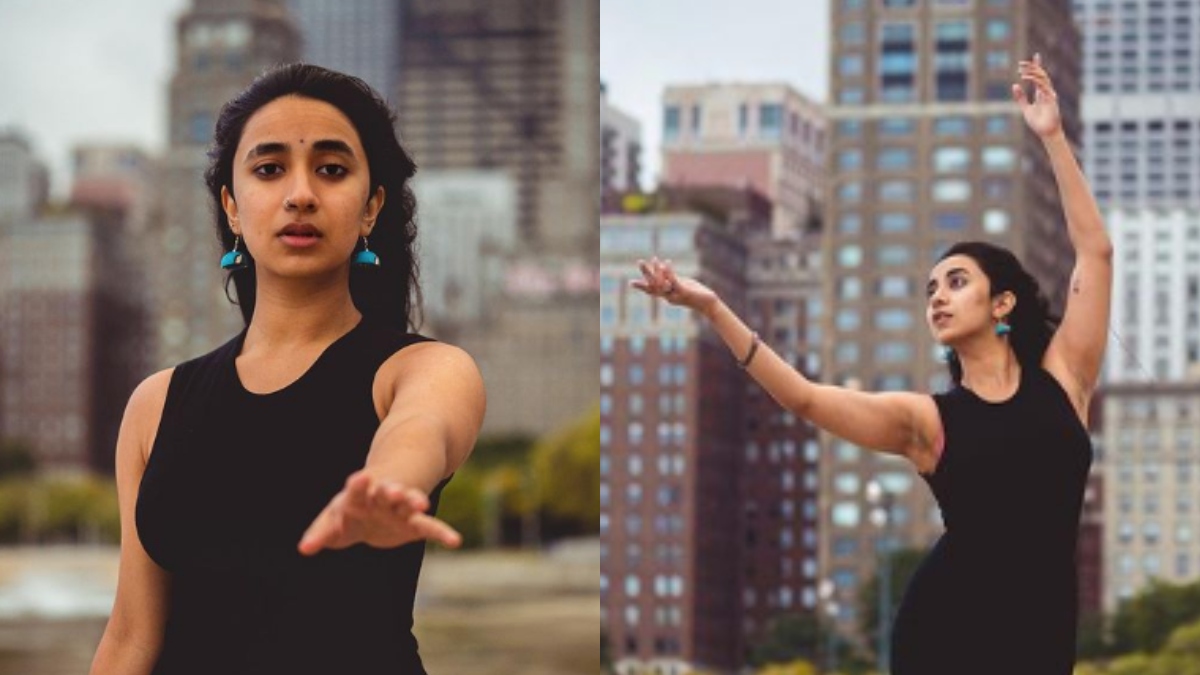


Harini Nilakantan, Dance Content Creator, recently joined NewsX for a fun conversation as part of NewsX Influencer A-List. In the interview, she opens about her classical roots and how she combines modern temporary dance with classical journey. Read excerpts:
Speaking about her classical roots and how long has she been practicing, she said, “I started at the age of four under guru Shrimati Sujatha Raghuvendra, when we were living in Bangalore. We had to move to Pune around 2005, that’s when I switched gurus but I kept learning it.”
Talking about how Bharatnatyam can be performed as modern dance and the fusion of both, she said, “I have been thinking about it for a long time. It started when I first came to the States. I was about 14 and there was a talent show. we had to present something like singing, dancing whatever, just a jolly thing in high school. I noticed that all of them whenever they talked about dance, they only spoke about Ballet as classical. I was like no, when I say Indian classical dance, I don’t mean ballet/ I mean Bharatnatyam. To start with, it is a temple art form. It was done by Devraj. They said “Oh so, no one does it anymore.” I responded that that’s not true. We still do it. I thought I need to show them rather than just talk about it.”
When asked how she represents Indian culture properly and suitably, she responded, “I am studying museum and exhibition studies for my masters. This involves representation in, what you can call a museum. A colonial artefact in museums in the states, at least in western museums. When it comes to South Asian art and representations, usually either just statues or ancient artefacts that have been acquired or taken or bequeathed through a lot of colonial trade and does not really have any context to why it is here. For example, the Met museum had some pieces of jewellery from South Asia and South India specifically. It was like a Jalan Nagam, some nut, some bangles and you would see this everyday in Sokra jewellers back home in India in a dance performance or a bridal journey, but there’s no context to why this was there, even if they gave the context.”
She added, “It was really at a superficial and surface level and doesn’t really talk about the art history, where its come from. Like the tombstone, we call the text box in the museum at tombstone. It wasn’t really well-informed and the labelling I was just not happy with. The more I did research, the more I spent times in museums. When I saw South Asian art, why is it always either ancient art and it’s always the same type of ancient art statues temple statues Buddha, Ganesha’s, Nataraja’s nothing else. South Asia is not just India, South Asia is a lot of countries.”